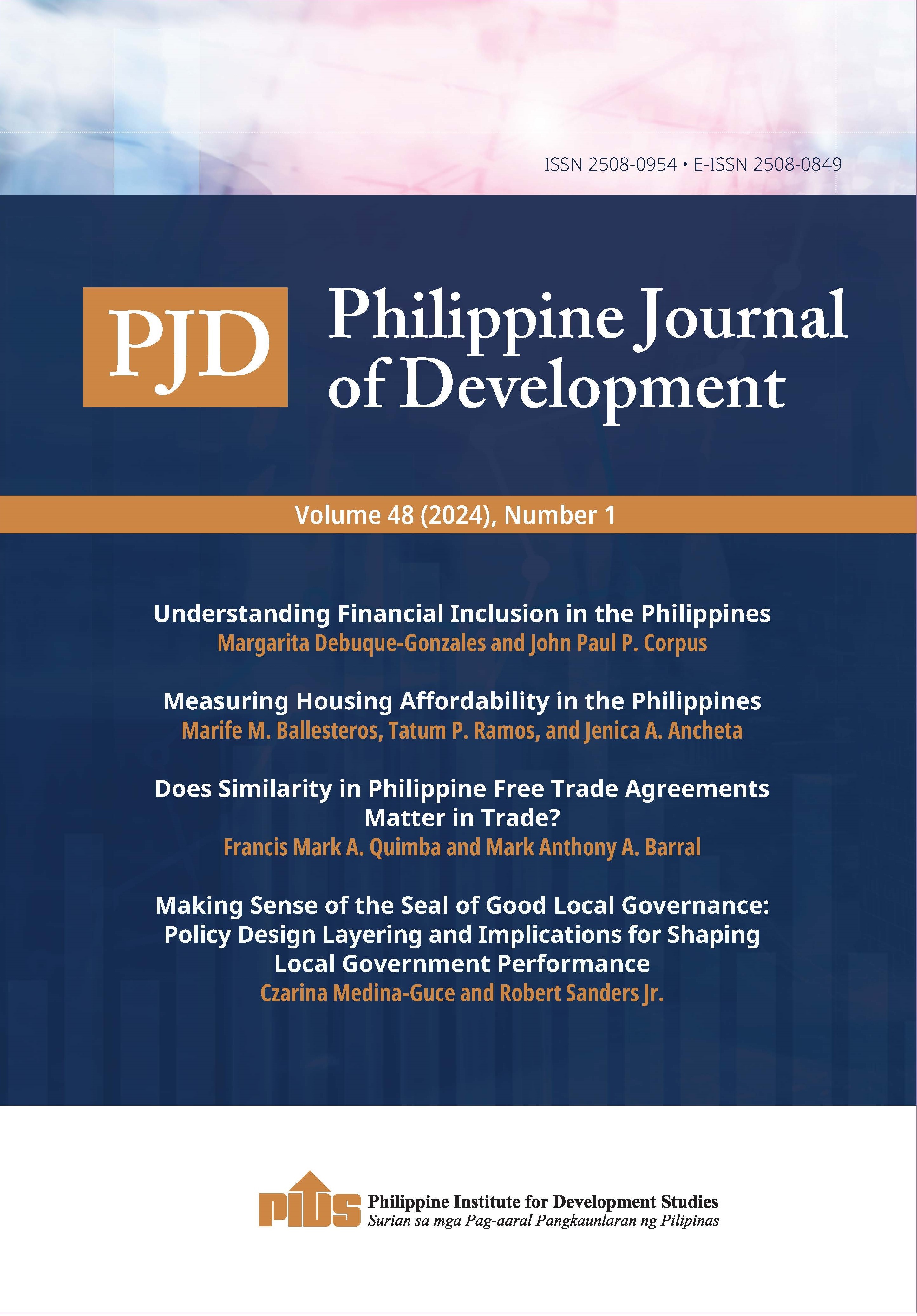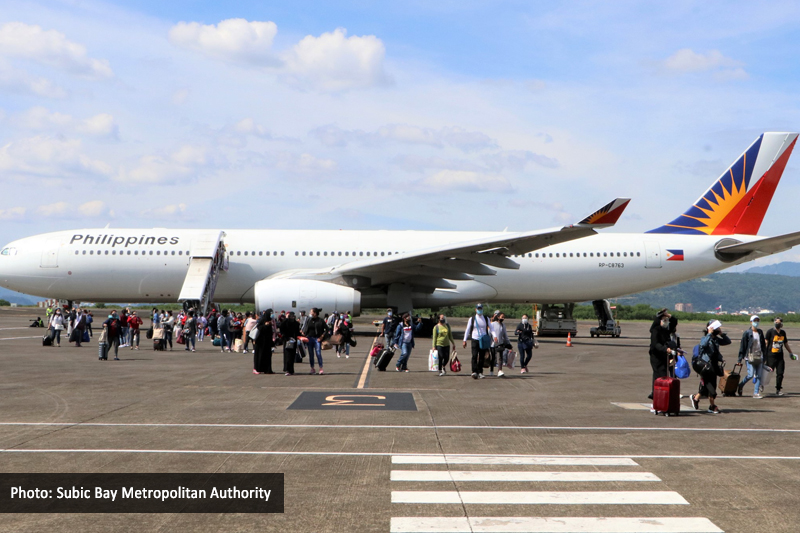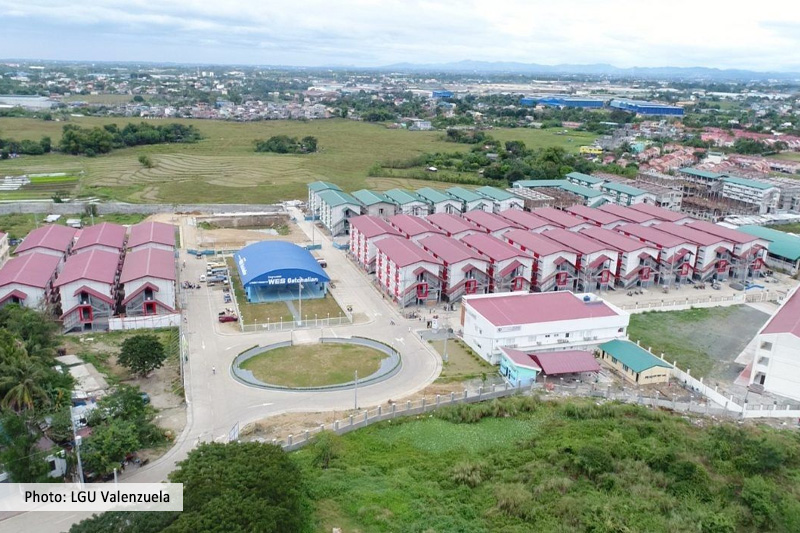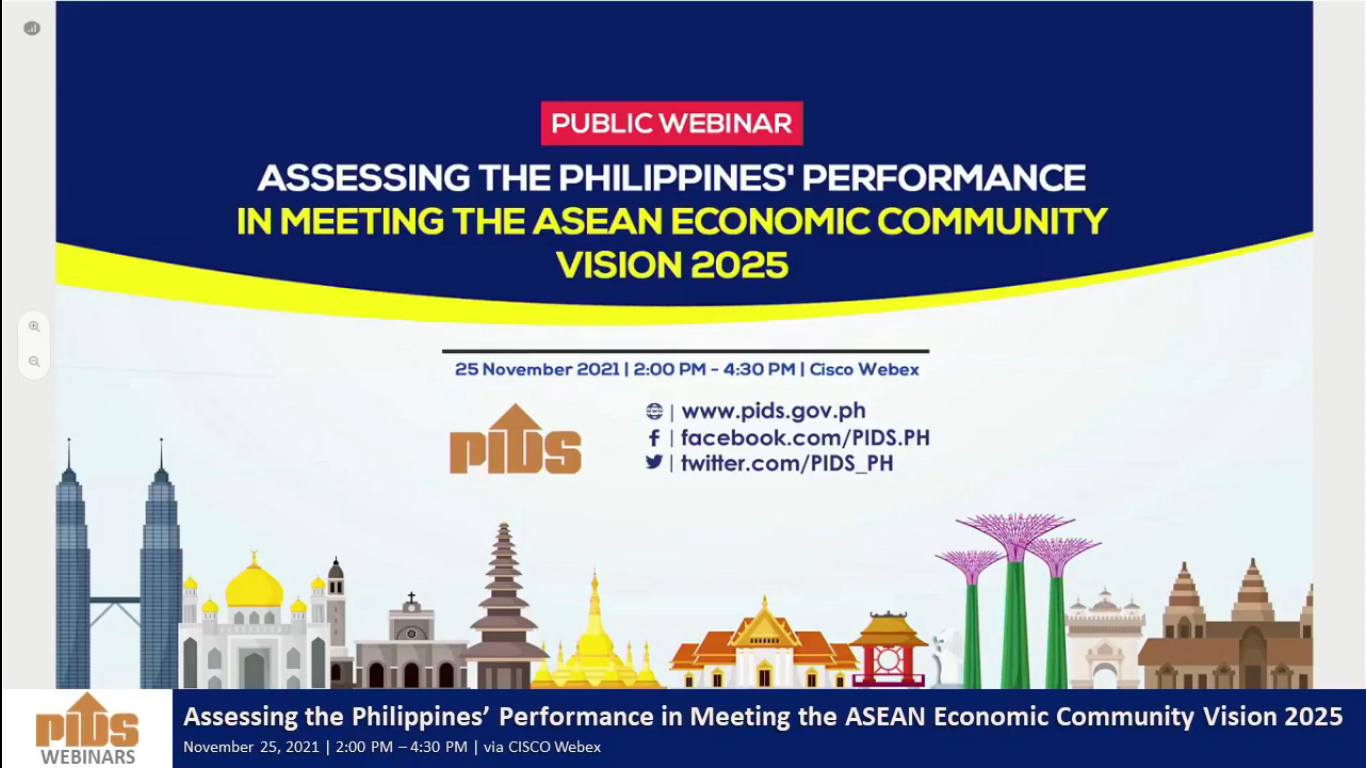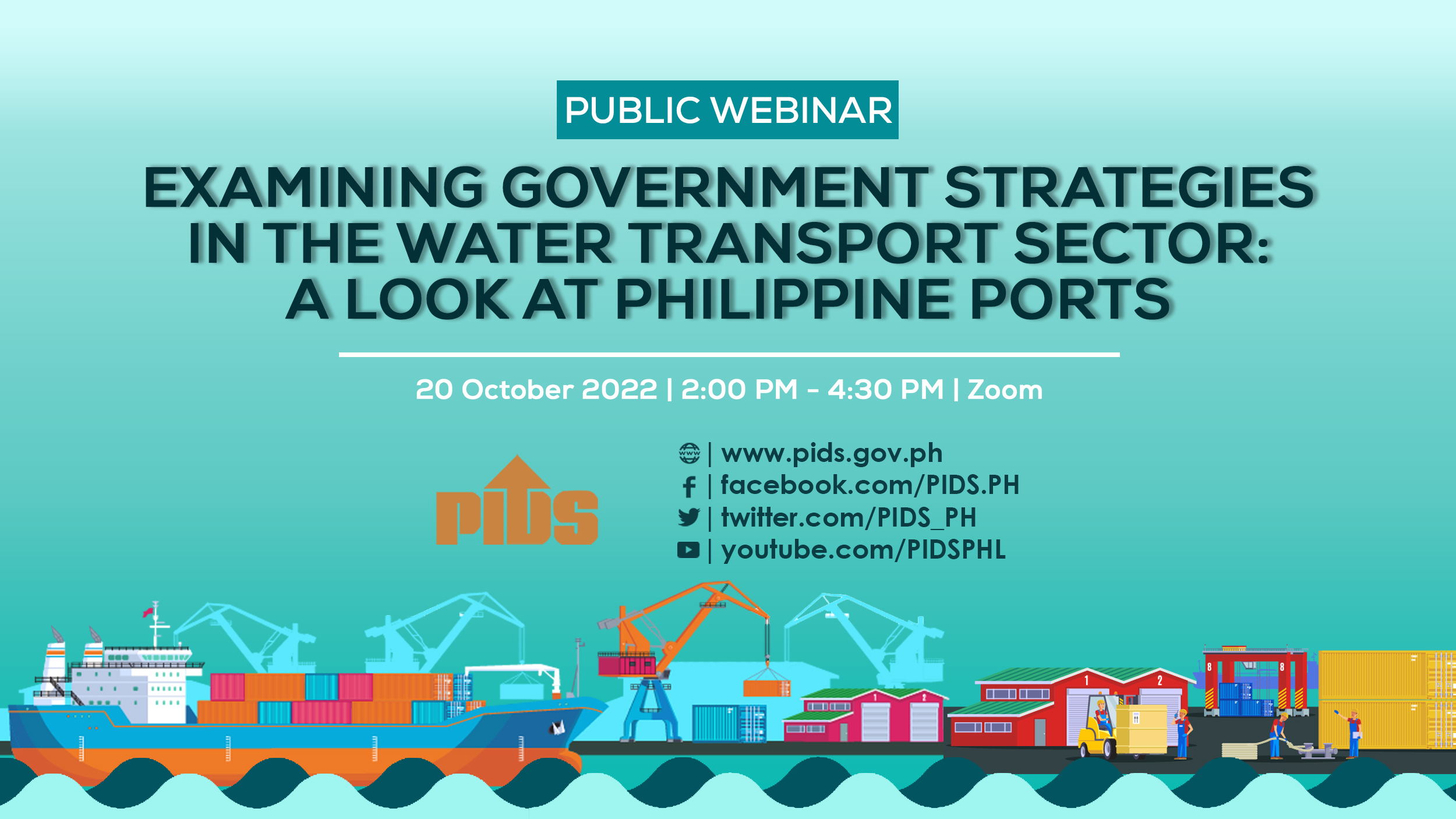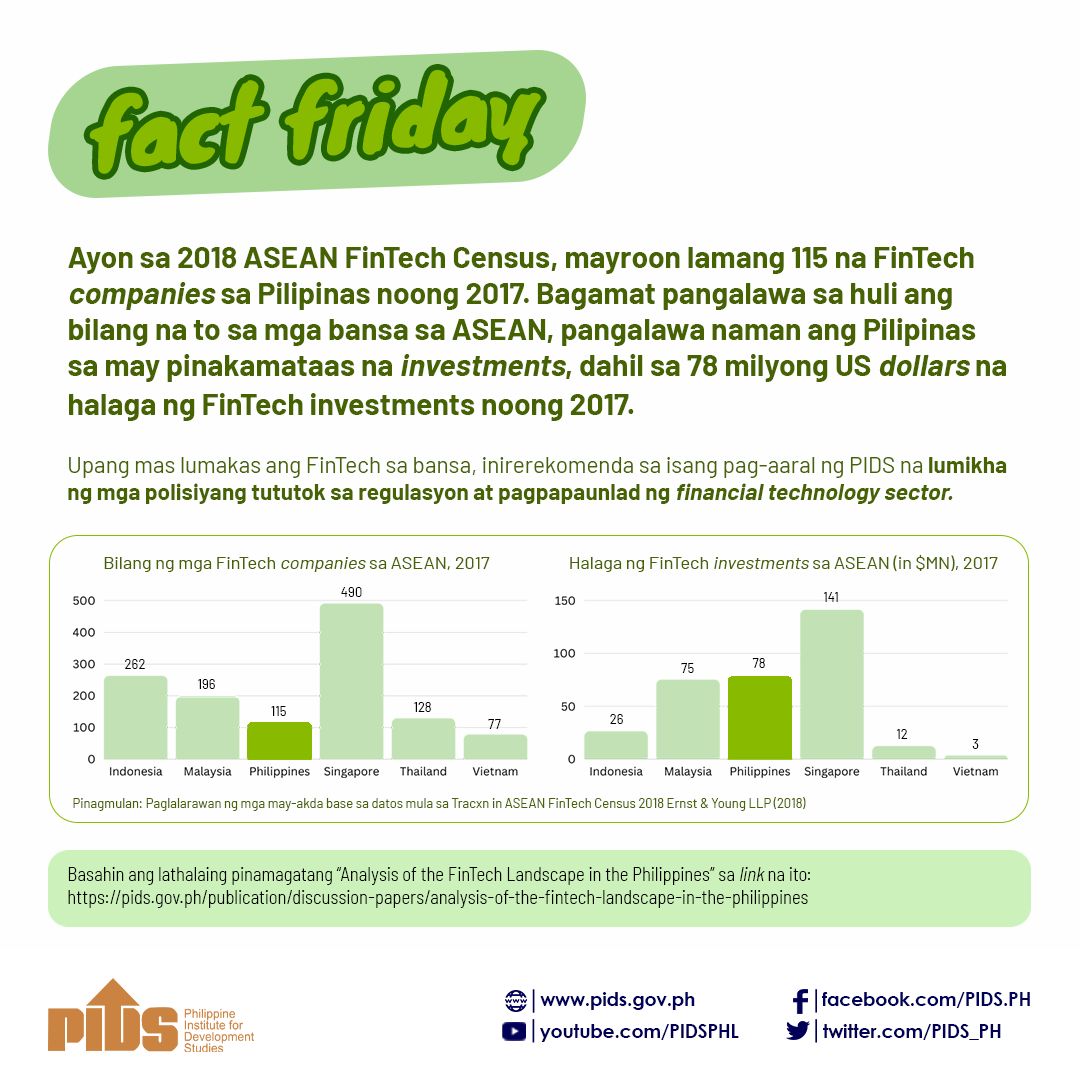The Philippines needs to improve its transport and logistics services if it wants to benefit from the single market and production base envisioned by the Association of Southeast Asian Nations (Asean) by 2015, the Philippine Institute for Development Studies said. PIDS senior research fellow Adoracion Navarro said specifically, there is a need to improve and modernize port infrastructure and operations. Navarro cited a 2011 survey which showed that around 75 percent of firms surveyed indicated that inadequate infrastructure and border barriers to movement of transport across countries in Asean member-states are serious barriers to Asean’s efforts in establishing the Asean Economic Community (AEC) by 2015. "There is a need for a boom in infrastructure spending, although this is still limited to the 40 percent foreign participation in public utilities,” Navarro said. Navarro cited several infrastructure problems such as the congestion in airport terminals. "NAIA (Ninoy Aquino International Airport) 1 served 7.5 million passengers in 2012 but its capacity is only 5.5 million passengers,” Navarro said. Navarro cited takeoff and landing capacity constraints in NAIA which is designed to accommodate only 36 aircraft movements per hour but served 50 aircraft per hour in the summer of 2012. Navarro said government has to make critical investments in airport infrastructure facilities and air navigation system.

